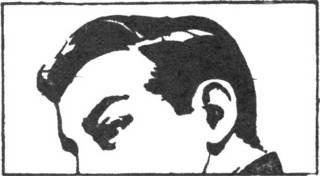If the “War on Terror” had been undertaken by the government of India, it probably would have been called the “War on Misguided Youth.” That’s because in the 1980s and ’90s, when New Delhi was trying to suppress separatist movements in Punjab, Kashmir and Assam, each official speech and classified document used the euphemism “misguided youth” to refer to young men who had rejected the idea of India and had taken to arms.
Such a tame euphemism conjures images of sulky teenagers falling into bad company at the school playground, rather than the reality of politically active young people challenging the existing order. Undoubtedly, by understating the movement’s potency, the euphemism also served to undermine it. As India’s government did not send in a battery of guidance counselors to settle grievances but instead sent in the Indian Army to subdue the “boys,” India’s war on terror might even have been called “Befitting Reply to Misguided Youth.” The army likes to talk in terms of giving fitting and befitting replies; it not only gives a sense of the other guy having started it, but it also sounds gentlemanly, as if war were cricket and it was now the home side’s turn at bat.
The Indian Army isn’t much different from the Pentagon in using euphemisms that seek to give a clinical gloss to the essential job of militaries, which is killing. The only difference is that where the Pentagon is Orwellian in its language, the Indian Army is Wodehousian. Thus the government never tires of declaring to its citizenry: “Our armed forces are prepared for any misadventure,” as it did in its response to the fourth war with Pakistan in 1999 in Kargil in Jammu and Kashmir. A lethal battle on the disputed border is routinely described as a skirmish. Perhaps, then, the war on terror would correctly be called, in Indian officialese, “Befitting Reply to Misguided Youth’s Misadventures”.
A Facebook post by our old pal Slavomír Čéplö/bulbul pointed me to Ahmad
Al-Jallad’s All lines lead to Proto-Arabic: a review article on Jonathan
Owens, Ar...

No comments:
Post a Comment